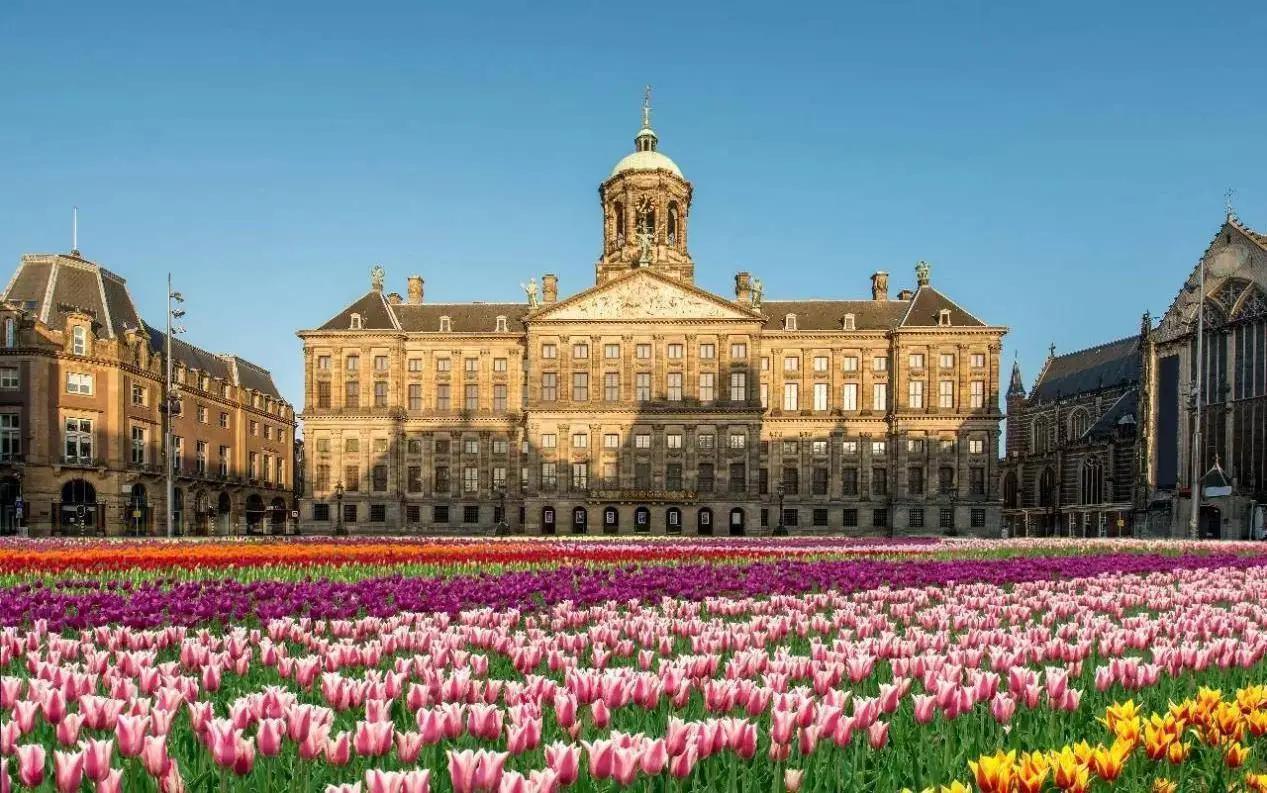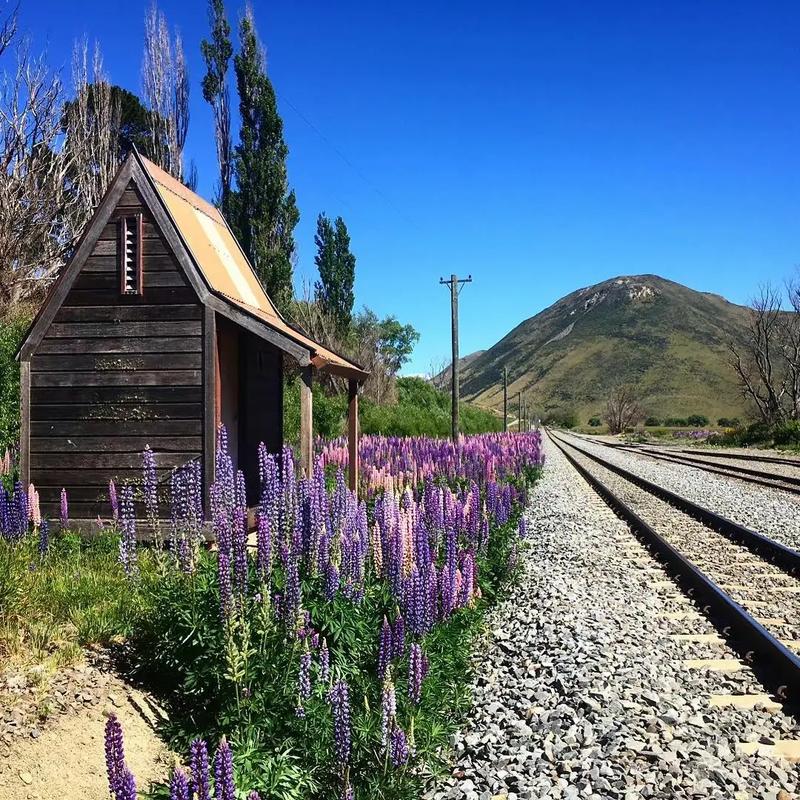Japan Travel
Shizuoka’s Mount Fuji: Iconic Mountain Attraction
Rising from the earth with an almost supernatural symmetry, Mount Fuji is more than a mountain; it is the soul of Japan. And while its iconic profile is visible from multiple prefectures, there is a profound consensus that the most complete, most breathtaking, and most spiritually resonant encounter with this sacred volcano is offered by Shizuoka Prefecture. Here, on the southern and western slopes, Fuji is not a distant postcard image but a living, breathing presence—a dynamic force that shapes the land, the culture, and the very spirit of the people.
Shizuoka’s claim to Fuji is not merely geographical; it is experiential. The prefecture provides access to two of the three most celebrated Fuji viewing spots, each offering a unique perspective on the mountain’s character. The first, Miho no Matsubara, is a coastal pine grove in Shimizu Ward, Shizuoka City. This UNESCO World Heritage site is steeped in legend. According to the tale of the Hagoromo (Feather Robe), a celestial dancer descended here, leaving her robe draped on a pine tree. Standing on the black sand beach, with the rhythmic crash of the Pacific waves and the scent of salt and pine in the air, one gazes across Suruga Bay to see Fuji floating ethereally above the water. This view, often with the iconic lone pine tree in the foreground, perfectly captures the mountain’s serene and mythical aspect.

In stark contrast is the panoramic drama of the Nihondaira Plateau. Reached by a winding road or a scenic cable car, this highland offers a sweeping, grand vista. From this vantage point, Fuji appears not as a solitary figure but as the centerpiece of a vast diorama. The viewer takes in the sprawling city of Shizuoka, the intricate folds of the green tea fields, the winding curves of the Abe River, and the deep blue of the bay, all leading the eye inexorably to the majestic cone of the mountain. It is a view that contextualizes Fuji, presenting it as the heart of a thriving, vibrant region.
For those compelled to ascend rather than admire, Shizuoka is the gateway for the majority of climbers. The Yoshida Trail on the Yamanashi side may be the most famous, but the three trails originating in Shizuoka—the Subashiri, Gotemba, and Fujinomiya routes—offer distinct experiences. The Fujinomiya Trail is the shortest and most direct, starting at a higher altitude and often favored for its efficiency. The Subashiri Trail is renowned for its beautiful forested sections lower down, providing shade and a sense of secluded tranquility before emerging onto the stark volcanic landscape higher up. The Gotemba Trail, the longest and most challenging, is for the purist, offering solitude and the raw, untamed nature of the mountain.
The ascent is a physical journey and a spiritual pilgrimage. Passing through the torii gate at the base, climbers enter a sacred realm. The climb, traditionally undertaken to witness the Goraikō—the arrival of light at the summit—is a test of endurance and resolve. The final stretch over loose scree and past the majestic crater at the summit is humbling. Standing at Japan’s highest point as the sun breaks over the horizon, painting the sea of clouds below in hues of orange and pink, is a transcendent moment that has drawn millions for centuries.
But the connection to Fuji in Shizuoka is not limited to the climb. The mountain’s volcanic geology is the very foundation of the prefecture’s abundance. The mineral-rich soil that cascaded down Fuji’s slopes over millennia is the secret behind one of Japan’s most celebrated agricultural products: Shizuoka green tea. The vast plantations, particularly in the Makinohara area, create a stunning landscape of rolling emerald hills with the mountain constantly watching over them. The tea grown here is prized for its umami-rich, deep flavor, a direct gift from the volcano.
This fertile land also yields a stunning array of fruits and vegetables. Wasabi, the pungent green horseradish essential to Japanese cuisine, thrives in the pure, cold spring water that filters down from Fuji’s aquifers. The town of Shimada is famous for its melons, and the fields around Fuji produce some of the finest strawberries and tomatoes in the country. To taste the food of Shizuoka is to taste the essence of Mount Fuji.
The mountain’s hydrological gift is further evident in its countless natural springs. The Shiraito Falls, another UNESCO site located at Fuji’s southwestern foot, is a breathtaking spectacle. Here, countless threads of water, resembling (shiraito means "white threads"), cascade down a curved rock face, fed by the massive underground reservoir of snowmelt from the peak above. Nearby, the Otodome Falls is a powerful, single-column waterfall, its thunderous roar a testament to the immense water volume stored within the mountain. These sites are not just scenic; they are places of worship, revered for their purity and their direct connection to Fuji’s life-giving forces.
The culture of Shizuoka is inextricably woven with the mountain. The city of Fuji is a hub of traditional papermaking (washi) and dyeing techniques. The historic town of Fujinomiya is home to the revered Fujisan Hongū Sengen Taisha, the head shrine of over 1,300 Sengen shrines across Japan dedicated to the deity of Mount Fuji. Its solemn atmosphere and deep connection to the mountain’s worship make it a spiritual center.
In every aspect—from the spiritual pilgrim to the farmer tending his tea fields, from the artist capturing its light to the traveler simply yearning for its beauty—Shizuoka provides the most profound stage for engaging with Mount Fuji. It is here that the icon becomes tangible. It is in the taste of the tea, the cool spray of the waterfall, the burn in the climber’s muscles, and the awe-inspiring view from a quiet pine beach. Shizuoka does not just display Mount Fuji; it lives in its shadow and thrives in its light, offering the world the most complete embrace of Japan’s sacred peak.
相关文章
- Yamagata’s Zao Onsen: Snow Monster Hot Spring Attraction
- Japan’s Maid Cafés: Akihabara Subculture Attractions
- Okayama’s Okayama Korakuen: Historic Garden Attraction
- Japan’s Horse Racing Tracks: Equestrian Sports Attractions
- Tokyo’s Odaiba Gundam: Anime Icon Attraction
- Japan’s Doll Festivals: Hinamatsuri Attractions
- Kagoshima’s Ibusuki Onsen: Sand Bath Hot Spring Attraction
- Japan’s Table Tennis Clubs: Recreational Attractions
- Kyoto’s Nishiki Market: 400-Year-Old Food Attraction
- Japan’s Camellia Festivals: Winter Flower Attractions
发表评论
评论列表
- 这篇文章还没有收到评论,赶紧来抢沙发吧~


